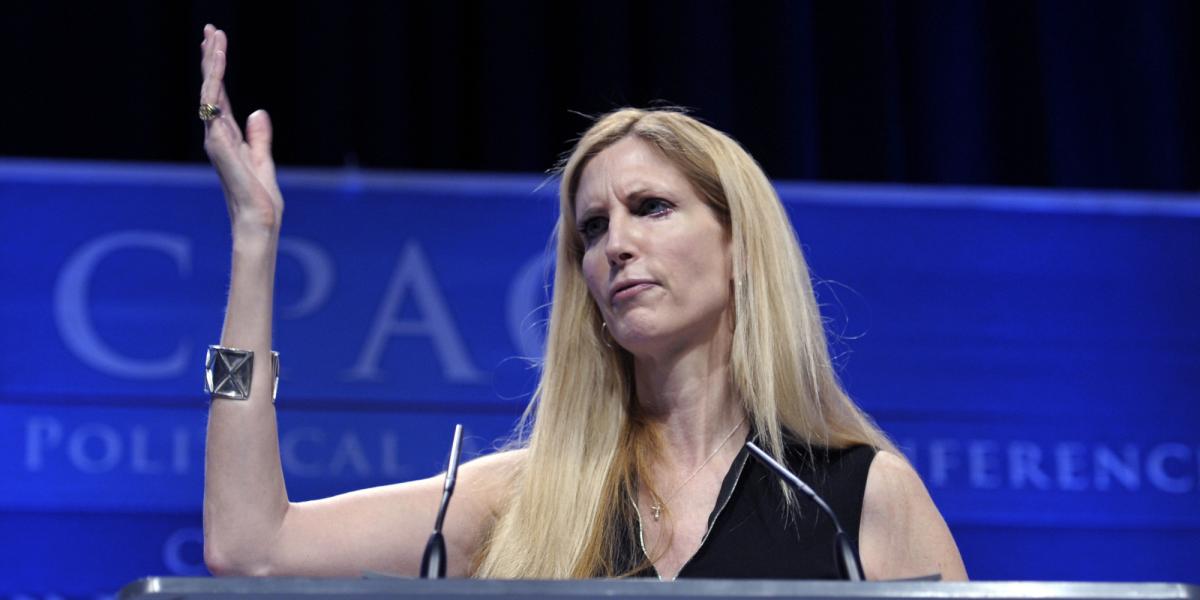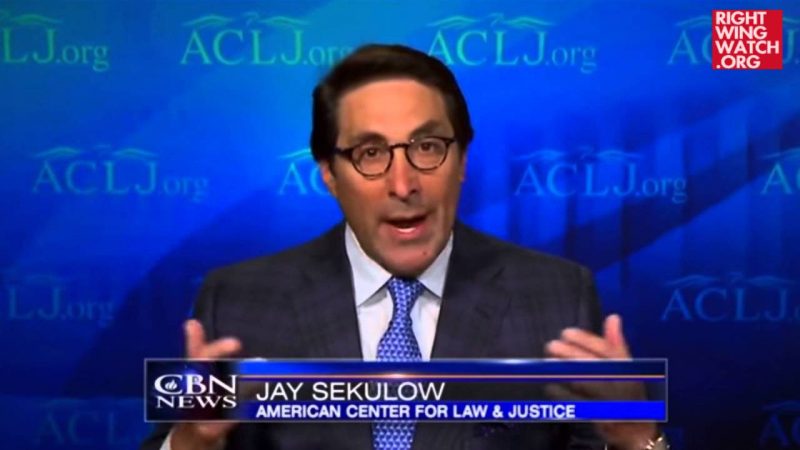What is the difference between a “special interest” organization and a “general interest” organization? According to Steve Laffey, who is trying to take down Republican Senator Lincoln Chafee, it seems to depend on who they are supporting,
No senator in Rhode Island history has faced a primary opponent as well-financed as Laffey. No Republican in the country is in greater danger of losing a Senate primary this year than Chafee.
The Club for Growth has been a key to Laffey’s rise to the big leagues this election season, raising almost $705,000 for his campaign — about 42 percent of his late-August total of nearly $1.7 million.
…
While one branch of the club spurred its members to write checks to Laffey, another has spent several hundred thousand dollars to criticize Chafee –and sometimes ridicule him — in television ads. In the past week alone, the Club for Growth has reported expenditures of more than $300,000 on TV advertising and related costs. …
Chafee has much deeper pockets than Laffey, a fact that the challenger has tried to exploit by presenting himself as the foe of “special interests” intent on protecting Chafee and the status quo in Washington.
But his reliance on the Washington-based Club for Growth raises the question of whether Laffey is beholden to a “special interest.”
On the contrary, Laffey replied last week, the club is a “general interest” group because it favors tax cuts that would provide a general benefit to the public.
His defines “special interests” in the language of Washington and the FEC, as groups that use “political action committees” or PACs. But Laffey does not count himself as indebted to the Club for Growth’s PAC because it has made no direct contributions to his campaign. Rather, it has aired the anti-Chafee ads, outside his legal control, Laffey said.
All the same, Laffey said he does not turn away special interest money from PACs. “I just don’t get very much of it,” Laffey said. The large majority of his PAC contributions, more than $23,000 so far, have come from groups that support the state of Israel.
He has accepted contributions from conservative PACs — $5,000, for example, from the Washington-based Citizens United Political Victory Fund.
Several well-known conservatives have contributed to Laffey, including William F. Buckley Jr., a founder of the National Review, who gave $1,000.
Laffey has also received contributions from some individuals listed in his FEC reports as employees of anti-abortion groups. He did not directly answer the question of whether those constitute “special interest” contributions.
The Club for Growth has spent more than a half-million dollars on Laffey’s behalf and helped raised nearly three-quarters of a million dollars for his campaign. CFG says it “exists to encourage, and make possible, the enactment of pro-growth economic policies by the federal government. The primary tactic of the Club for Growth PAC has been to provide financial support from Club members to viable pro-growth candidates to Congress, particularly in Republican primaries” in order to elect candidates who share the Club’s goals
* Making the Bush tax cuts permanent
* Death tax repeal
* Legal reform to end abusive lawsuits
* Replacing the current tax code
* Regulatory reform and deregulation
Laffey says these goals benefit the general public and so CFG is not a “special interest” group.
If by “general public” Laffey means rich, Republican millionaires and business owners, then he is correct.








